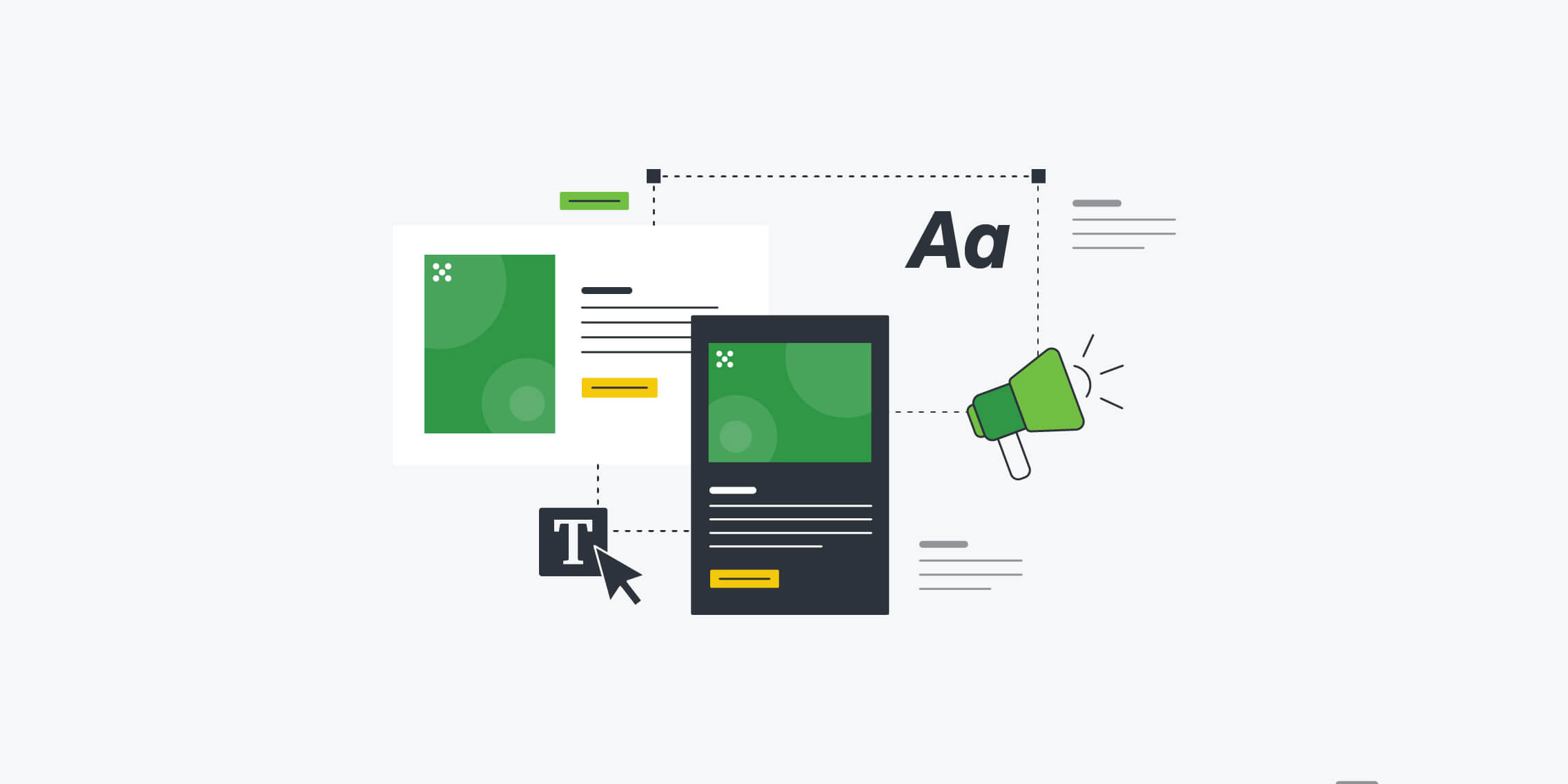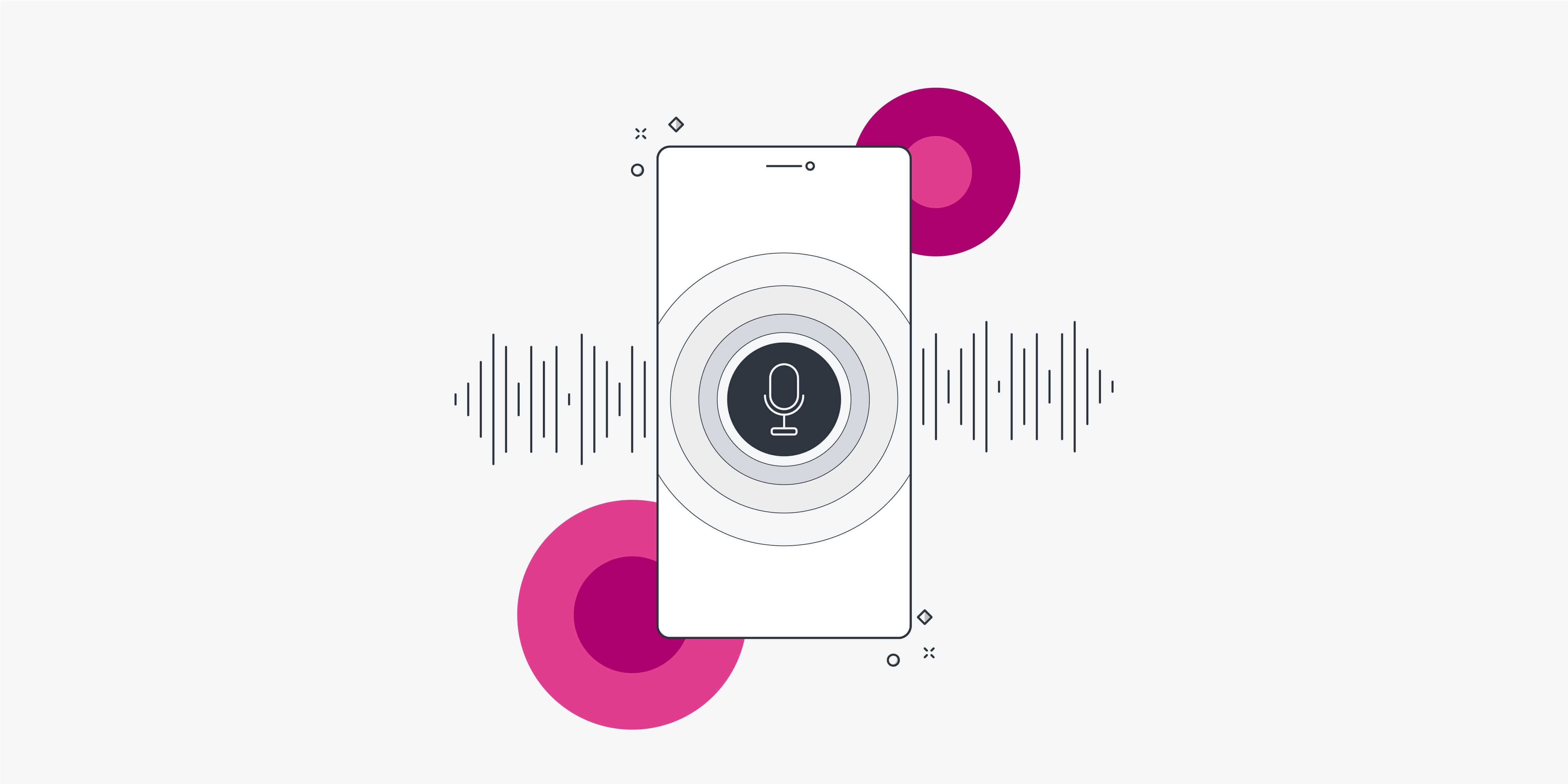Design thinking is a mindset that breeds innovation. While it’s based on the design process, anyone in any profession can use it when they’re trying to come up with creative solutions to a problem.
In this guide, we’ll walk you through what design thinking is and why it’s important, including the five stages of design thinking. Then we’ll present a couple of design thinking case studies and wrap up with a primer on how to apply design thinking. And don’t worry, this guide is broken down into easily digestible chunks, as follows:
Let’s get started!
What is design thinking? A definition
Design thinking is an approach used for problem-solving. Both practical and creative, it’s anchored by human-centred design.
Design thinking is extremely user-centric in that it focuses on your users before it focuses on things like technology or business metrics.
Design thinking is also solution-based, looking for effective solutions to problems, not problem-based, which looks at the problem itself and tends to focus on limitations.
Design thinking is all about getting hands-on with solutions. The aim is to quickly turn your ideas into testable products so you can see what works and what doesn’t.
Why is design thinking important?
Design thinking is important because it challenges assumptions and fosters innovation. While many ways of thinking rely on the habits and experiences we’ve formed, they can limit us when it comes to thinking of design solutions. Design thinking, however, encourages us to explore new ideas.
It’s an actionable technique that allows us to tackle “wicked problems,” or problems that are ill-defined. For example, achieving sustainable growth or maintaining your competitive edge in business count as wicked problems, and on a broader scale, poverty and climate change are wicked problems too. Design thinking uses empathy and human-centred thinking to tackle these kinds of problems.
Who uses design thinking?
The short answer? Everyone! Design thinking can help you in whatever your role or industry. People in business, government, entertainment, health care, and every other industry can benefit from using design thinking to come up with innovative solutions.
The most important thing design thinking does is help people focus on their customers or end users. Instead of focusing on problems to fix, design thinking keeps things user-centric, which boosts customer engagement.
What are the 5 stages of design thinking?
According to the Hasso Plattner Institute of Design at Stanford University (known as d-school), the five stages of design thinking are:
- Empathise
- Define
- Ideate
- Prototype
- Test
Although these stages appear to be linear, following one after the other, design thinking isn’t a linear process. Stages are often run in parallel or out of order, or repeated when necessary.
Phase 1: Empathise
Your goal here is to research your users’ needs to gain an empathic understanding of the problems they face. You’ll get to know your users and their wants and needs so you can make sure your solutions put them front and centre. This means setting aside your own assumptions and getting to know your users on a psychological and emotional level. You’ll observe, engage, watch and listen.
Phase 2: Define
Here you state your users’ needs by compiling the information you gathered during the Empathise phase and then analysing it until you can define the core problem your team has identified.
You do this by asking questions like: what patterns do you see in the data? What user issues need to be resolved? The conclusion of this phase comes when you’ve figured out a clear problem statement that is defined by the users’ needs. For example, “Bank customers in Glasgow need…”
You can learn more about how to write a problem statement in this guide.
Phase 3: Ideate
In this phase, you’ll generate ideas and solutions. You and your team will hold ideation sessions where you can come up with as many ideas as possible. No idea is too silly for this stage. The important thing is getting all ideas out on the table. There are a variety of techniques you can use, like brainstorming and mind mapping, to come up with solutions. This phase ends when you’ve managed to narrow down your ideas to just a few of the best ones.
Phase 4: Prototype
Your goal in this phase is to find the best solution to the problem by prototyping—that is, producing scaled down versions of the product or its features found in the previous phase. You’ll put each solution to the test by improving, redesigning, accepting, or rejecting it.
Phase 5: Test
Here you’ll try out the solutions you arrived at in the previous phases by user testing them. However, while this is the final stage of design thinking in theory, it’s rarely the final stage in reality. Design thinking often includes going back to previous phases to find other solutions or to further iterate or refine your existing solution.
Design thinking examples and case studies
Now that you understand the theory and process of design thinking, let’s look at some examples in action where design thinking had a real-world impact.
Case Study 1: American Family Insurance’s Moonrise App
American Family Insurance, a company that offers life, business, auto, and home insurance, came to design company IDEO with the goal of innovating in a way that would help working families.
Stages 1 & 2: Empathise and Define
While American Family thought their customers might benefit from budgeting tools, IDEO found from their research in the Empathise phase that, actually, people needed a way to build up their savings against unforeseen needs.
They noticed a lot of people had meticulously planned budgets, which made budgeting tools a moot point. But they were living just within their means and an extra expense, like a doctor’s visit or kid’s basketball uniform, could throw their budget off. These people didn’t want to take on debt though, they wanted extra work so they could have a cushion.
Stages 3 & 4: Ideate and Prototype
IDEO took that idea and ran with it, creating Moonrise, an app that matches people looking for work with extra hours and income. Today’s businesses depend on on-demand work but the temp agencies they work with tend to want permanent placements. Moonrise does things differently. It enables companies to find people who are already employed elsewhere for short-term work through a simple text message interface. The employers can list shifts on the platform and workers are paid as soon as they finish their shifts.
Stage 5: Test
To test the app, 11 Moonrisers, six employers, and a team of designers and programmers were assembled for a one week period to work out the kinks in the platform.
Based on the test’s success, American Family Insurance now owns the startup Moonrise, which launched in Chicago in 2018 and has since expanded to additional states. In 2018, over 7,000 shifts have been fulfilled and over $500,000 has been earned by people on the app.
Case Study 2: GE Healthcare’s Scanning Tools
GE Healthcare has cutting-edge diagnostic imaging tools at its disposal, but for kids they’re an unpleasant experience.
“The room itself is kind of dark and has those flickering fluorescent lights…. That machine that I had designed basically looked like a brick with a hole in it,” explained Doug Dietz, a designer who worked for GE. How could they make the experience better for kids?
Stages 1 & 2: Empathise and Define
The team at GE began by observing and gaining empathy for children at a daycare centre and talking to specialists who knew what paediatric patients went through. The team then recruited experts from a children’s museum and doctors from two hospitals. This gave them a lot of insight into what children went through when they had to sit for these procedures and what could be done to lessen the children’s stress.
Stages 3, 4 & 5: Ideate, Prototype, and Test
The first prototype of the new and improved “Adventure Series” scanner was invented. Through research and pilot programs, the redesign made imaging machines more child-friendly, making sure they have other things to focus on than the scary looks and sounds of the machine. For example, the Coral City Adventure in the emergency room gives children an underwater experience where they get into a yellow submarine and listen to the sound of harps while their procedure takes place.
Patient satisfaction scores increased to 90% and children no longer suffer such anxiety about their scans. The children hold still for their procedures more easily, making repeats of the scans unnecessary. There’s also less need for anesthesiologists, which improved the bottom line for those hospitals that used the scanning machines because more patients could get scanned each day.
How to apply design thinking
If you want to apply design thinking in your own work, follow these steps and best practices:
- Improve design thinking skills. Use training to explain, improve, and practically implement the phases of design thinking. You can do this in several ways such as workshops, online courses, or case studies shared with your team.
- Identify the correct problem. Listen to users and ask them unbiased questions in order to understand their perspectives. Engage with everyone and stay open-minded, so you can identify the correct problem, not the problem you or your organisation thinks users are having.
- Have more debriefs. Be open about what went right and what went wrong in your process. Openly discuss why things succeeded or failed and why. View failure as learning, not as an excuse to give up.
- Iterate and iterate some more. The goal of design thinking is finding the best answer possible—and that probably won’t come in the first round of iteration. You’ll need to test and iterate as much as possible with new ways to solve the problem.
Design thinking is so popular—and so effective—because it places the user’s needs front and centre. For more user-centric design tips, learn how to incorporate user feedback in product design, get to grips with user research ethics, and learn how to conduct effective user interviews.



